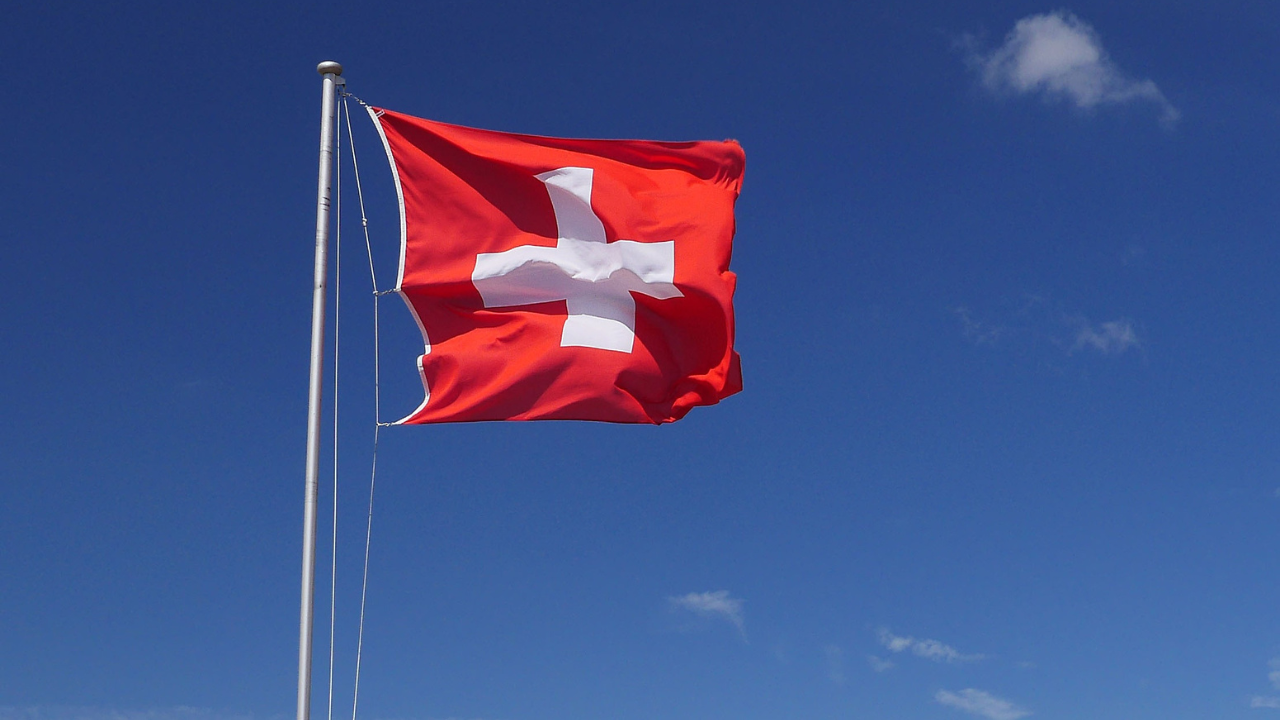
Building Public-Private Preparedness Strategies in Peru
By Nellie Bristol and Ernesto Ortiz
6/23/22
Image by Legado via www.flickr.com
As the COVID-19 pandemic ramped up in early 2020, Peru already was on its way to having one of the highest recorded death rates per capita of any country in the world. Its health facilities were overrun, health workers were overtaxed, or worse, infected themselves, and supplies ranging from personal protective equipment to diagnostic tests were in desperately short supply. Isolated communities were particularly in dire straits as national lock downs prevented critical supplies from reaching remote areas. Contributing to Peru’s poor performance: the informal status of more than three quarters of the labor pool making lockdown order adherence nearly impossible, poorly functioning health facilities, and inadequate health sector regulation.
In immediate need of additional support, Peruvian leaders enlisted Alberto Valenzuela, former director of operations for the Lima 2019 Pan American and Parapan Games, who was then working in the government to repurpose the Games’ infrastructure through the Lima 2019 Legacy Special Project. Valenzuela had overseen Peru’s largest sporting event ever--a $1.0 billion enterprise, involving 8,400 athletes from 41 countries competing in more than 780 events. That experience combined with a 20-year career operating private health clinics, gave him the expertise needed to help tackle the country’s COVID catastrophe. In a recent interview, Valenzuela talked about his experiences and efforts to use them to forge public-private partnerships to improve Peru’s preparedness for future health emergencies.
Beginning in 2020 and working with private contractors, suppliers, and business groups as well as a variety of government agencies, Valenzuela and his legacy team developed facilities and supply chains to address the COVID crisis. Projects included establishment of ten temporary hospitals in five regions adding 800 beds to the country’s capacity and the transformation of 3,000 bedrooms in the Pan American Game’s athletes’ village into isolation units. Using other former Pan American Games venues among other sites, Valenzuela helped establish 31 vaccination centers, which have served more than 7 million people. In addition to government efforts, technical assistance in building the centers was provided by EsHoy, a group of large private companies. More than 7,000 volunteers who had enlisted to aid the Games helped run the facilities while food and hydration for workers and volunteers and vaccine transportation and distribution were coordinated by Hombro a Hombro, a non-profit association representing Peru’s 59 largest companies. Valenzuela’s legacy team also oversaw provision of “gray coat” services—food, janitorial, cold chain, transportation, and security—for all of facilities. Further, as the lack of oxygen became a major impediment to patient survival and Peru could not compete for supplies in the overheated international market, they helped coordinate establishment of oxygen production plants in the country.
In performing his tasks, Valenzuela met with several challenges. The Peruvian government was in a period of extreme turmoil, empaneling five different ministers of health and three presidents in 2020 alone. Political instability generated inadequate coordination among ministries and poor governance and planning, Valenzuela said. Further, he added, the Ministry of Health lacked the tools to address the pandemic, but was wary of private sector contributions. As an entity known to the government with a network that included private and public sector organizations, the legacy team was able to bridge the gap, developing concrete plans to build and operate needed facilities, and establishing indicators by which to measure progress. The team also negotiated shortages and high prices by importing oxygen from nearby countries and arranging for building contactors from Brazil through an international tender.
Valenzuela’s experience with COVID-19 emphasized for him the importance of a multisectoral response to large health emergencies and the critical role the private sector can play. He is now working with academics, private, and public sector entities to ensure the lessons learned from the pandemic are incorporated into Peru’s planning for future health emergencies and particularly emphasizes four key lessons:
1) The need for integrated planning and implementation facilitated by public/private collaboration.
Public/private partnership development before the pandemic hit, with effective regulations and agreements to ensure seamless collaboration and accountability, would have allowed Peru to respond more quickly to COVID-19.
2) A whole of government approach that involves not just the ministry of health, but agencies in charge of transportation, labor, the military, communications, and culture.
The logistical and social requirements for a health emergency on the scale of the COVID pandemic are enormous and require involvement of all facets of government. Understanding cultural differences among the population is critical to effective communications and implementation of necessary behavior change.
3) The need for supply chain innovation.
Peru was far too dependent on external manufacturing sources leaving it with life threatening deficits in critical supplies.
4) Hands on experience and knowledge in logistics and supplies is crucial to effectively manage a large-scale emergency.
But even with the tragedy of COVID-19 fresh on people’s minds, pushing Peru to establish and exercise a whole of government preparedness plan that effectively integrates needed private sector support will be a daunting task. Continuing political instability is hindering efforts to develop the planning processes needed even as global experts urge immediate systems strengthening to mitigate the effects of future pandemics. Nonetheless, Valenzuela continues to focus on improving public-private collaboration, manufacturing capacity, and logistical capabilities with the hope that his experience and expertise will help Peru muster a strong, effective response to the next health crisis.
